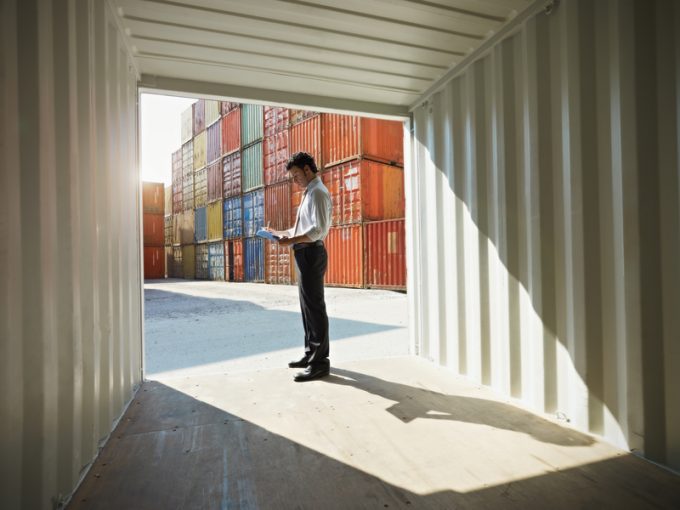Uber Freight launches spot market tool as it aims to be a one-stop shop
Uber Freight has taken another step to expand the functionality of its Exchange procurement platform ...

Hong Kong-based Gravity Supply Chain is utilising artificial intelligence (AI) and big data to bring e-commerce-style supply chain visibility to international freight.
Gravity co-founder and chief operating officer Darren Palfrey said that thanks to a career in supply chain management with retailers and manufacturers, he had spotted a ...

Comment on this article